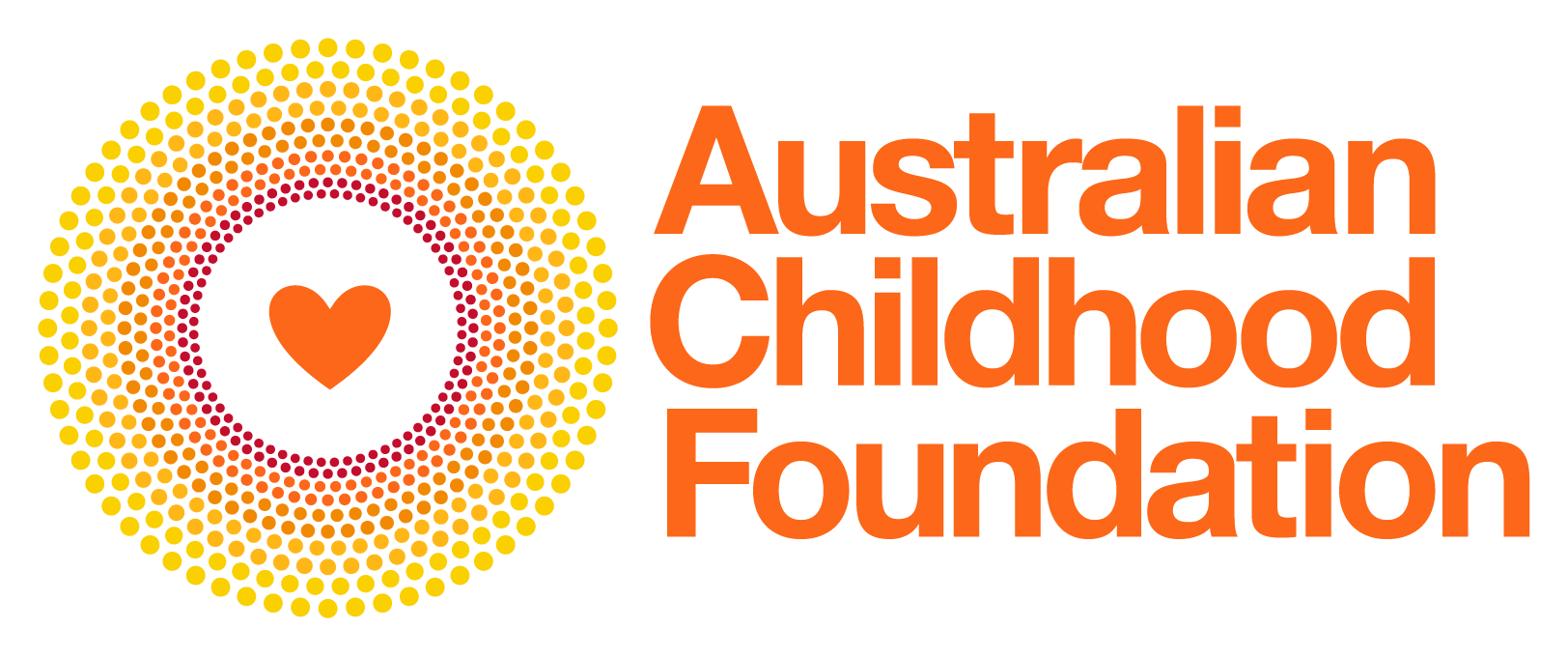Prosody Blog
A new metaphor to explain malleability of the brain and neuronal connections
‘A new metaphor to explain malleability of the brain and neuronal connections’ blog article was written by Hanif Jaberipour, Acting Program Manager, Parenting and Early Years Program at Australian Childhood Foundation. During the first session of a recent online Bringing Up Great Kids (BUGK) parent group, after explaining the concept of neuronal connections and conducting …
Read MoreInformed, aware and responsive: A systemic approach to trauma-informed learning in Tasmania
‘Informed, aware and responsive: A systemic approach to trauma-informed learning in Tasmania’ blog article was written by Celina Sargent, Project Coordinator, Education and Safeguarding Services at Australian Childhood Foundation. We all want children and young people to thrive – to feel safe, to learn, be engaged and connected with their world. However, we know that …
Read MoreWhat is Relationship Based Practice and Why is it Trauma Responsive?
This ‘What is Relationship Based Practice and Why is it Trauma Responsive?’ blog article was written by Marina Dickson, Executive Manager in the Professional Education Services Team, at the Australian Childhood Foundation. Many people have spoken to me lately about being inspired by a TED Talk from Rita Pierson called ‘Every kid needs a …
Read MoreTechnology and Trauma: 6 Apps for helping trauma transformation
Some of the most frequently asked questions in our training programs are about the use of technology; can we use it to successfully rewire neuronal pathways and increase synaptic activity where trauma has left deep tracks of damage?
Read MoreA story that started with a man called Dan Hughes
This blog post is written by Pauline Lodge, Manager of Professional Education Services. Around 25 years ago, I undertook a workshop with a man called Dan Hughes, who took me and the others in the room on a journey to understand the wonderful way he engaged with children and young people and their caregivers. This …
Read MoreWhat is trauma?
Depending on who or what you read, trauma will be defined in a variety of ways. Is it simple or complex? Developmental, relational or attachment oriented? Within the field of childhood trauma we have a multitude of definitions and sub categories that can be quite confusing for practitioners.
Read MoreTogether, let’s help to make all schools Trauma-Aware!
This blog was written by Dr. Judith Howard, a Senior Lecturer and researcher from the Queensland University of Technology. In most schools, and in many classrooms, there are students who have experienced complex childhood trauma who would benefit immensely from a system-wide, trauma-aware approach to schooling. Despite the best intentions of schools and many school …
Read MoreFive activities that promote connected safety for traumatised children and carers
This blog post is written by Dr. Joe Tucci, CEO of The Australian Childhood Foundation. Over the last two weeks, I have written two blogs about integrating the work of Steve Porges about safety into practice that centralizes it as a resource for children who have experienced trauma. In this third and final blog, I …
Read MoreHow to invite safety back into the relationships around traumatised children?
This blog post was written by Joe Tucci, CEO of The Australian Childhood Foundation. Last week, I wrote about three practice principles that were derived from an exploration of the neuroscience of safety. In this blog, I describe a way of working that centralises safety as the theme for healing the physiological and psychological consequences …
Read MoreIs all trauma the same?
This blog post has been written by Dr Joe Tucci, CEO of the Australian Childhood Foundation. I spent some time recently reading through the literature on poly-victimisation. I remember listening to David Finkelhor more than a decade ago presenting findings from his research that found that many of the children who had been identified as …
Read More